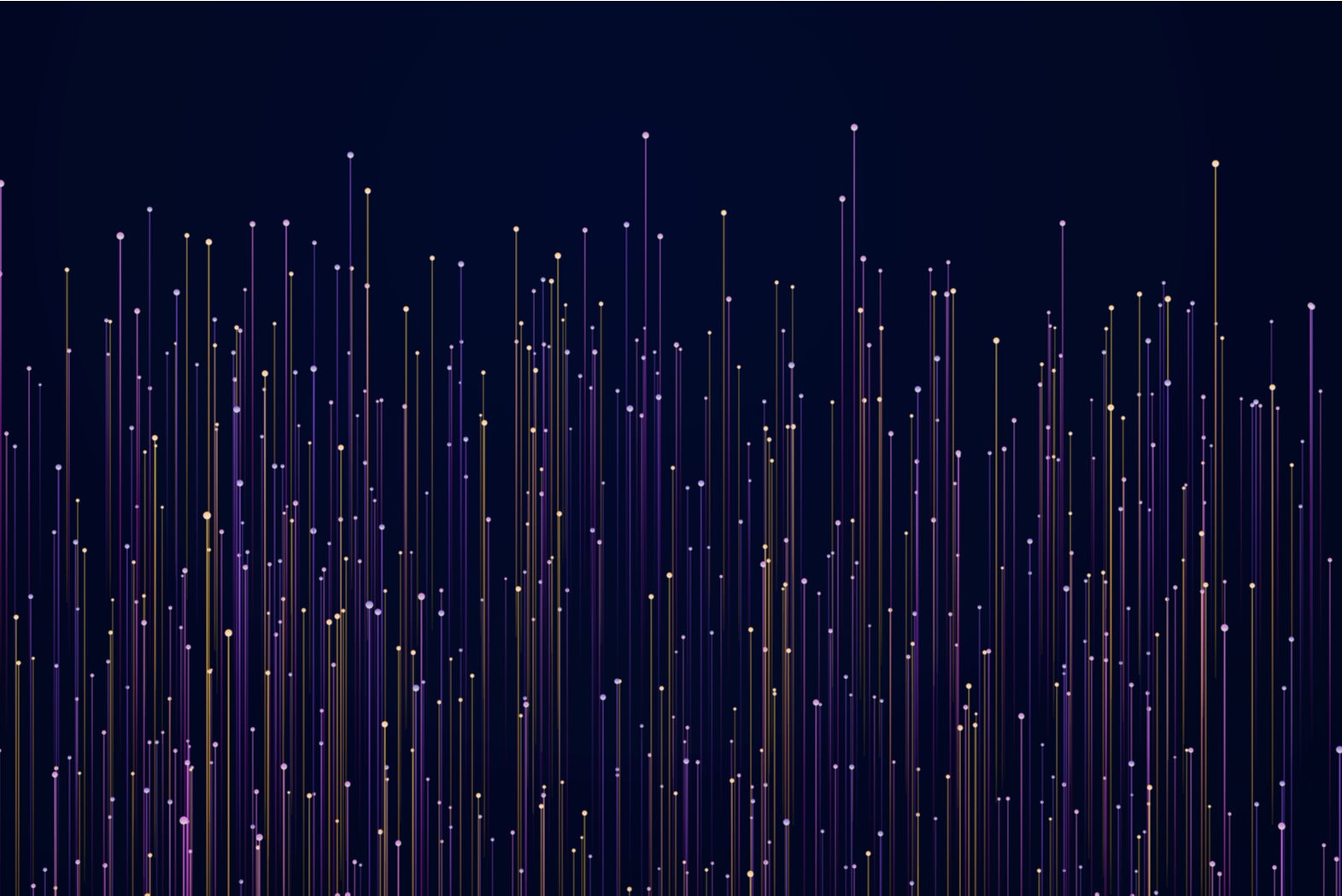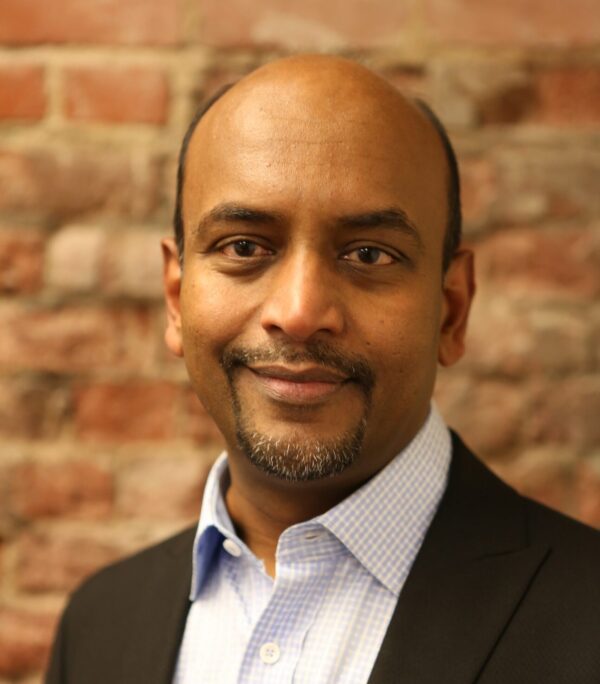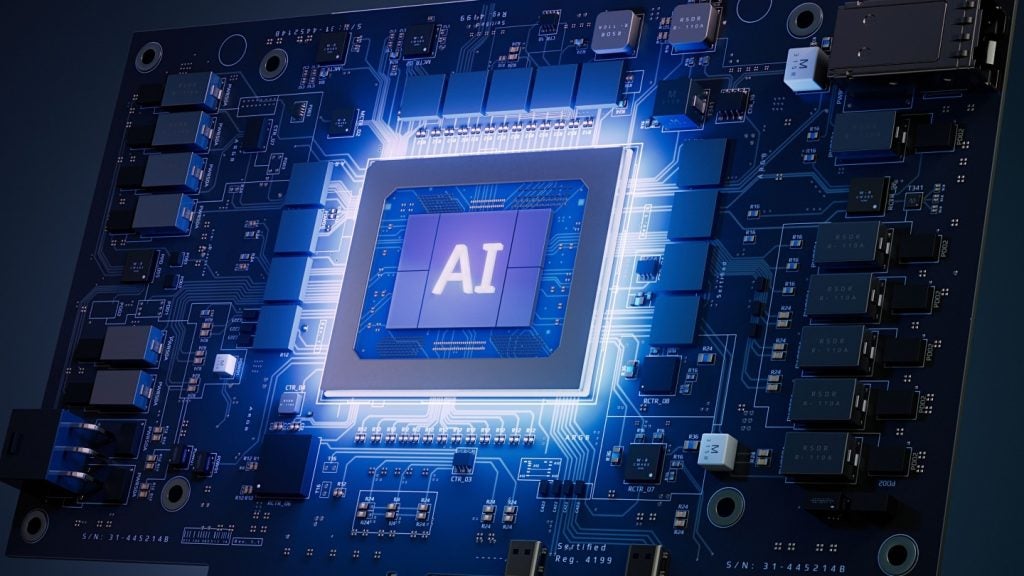
Krishna Tammana is the CTO of Talend, a cloud data integration company.
Founded in 2005, the software company provides a range of cloud apps for enterprises to collect, govern, transform and share data. Tammana joined Talend from data monitoring and analytics firm Splunk in September 2020, where he was most recently VP of engineering.
In his role as Talend CTO, Tammana is responsible for scaling the company’s product and engineering. In this Q&A, the 44th in our weekly series, Tammana explains why true disruption comes down to “time and place”, outlines why he’s excited about self-service analytics, and reveals the best advice he’s been given.
Robert Scammell: Tell us a bit about yourself – how did you end up in your current role?
Krishna Tammana: Before becoming CTO at Talend, I spent nine years building a number of products for Splunk. It’s already been well-recorded that digitisation is causing a data explosion. But while we are seeing innovation in areas such as data storage and data warehousing, the integration space has seen relatively little change of late. There is a tremendous need and opportunity for innovation. This is what brought me to Talend.
What’s the most important thing happening in your field at the moment?
It’s impossible to name only one. It’s not new, but the rapid adoption of cloud, accelerated by Covid-19, is certainly one of the most important changes happening in my field currently. However, it’s hard to mention this without acknowledging the pent-up demand for data as it becomes a lifeline for business stability and growth.
This year, I think we will finally see the unleashing not only of trustworthy data but of the valuable insights it offers (which many businesses have historically struggled to obtain) through self-service analytics. This new technology will liberate this vital asset, allowing people from across an entire organisation to use data and insights for process management and decision making. Data will no longer be a bottleneck – it will finally become a true business enabler.
How well do you really know your competitors?
Access the most comprehensive Company Profiles on the market, powered by GlobalData. Save hours of research. Gain competitive edge.

Thank you!
Your download email will arrive shortly
Not ready to buy yet? Download a free sample
We are confident about the unique quality of our Company Profiles. However, we want you to make the most beneficial decision for your business, so we offer a free sample that you can download by submitting the below form
By GlobalDataTo that point, we are also finally seeing machine learning and AI take root. While a big dichotomy exists between the number of businesses that have implemented advanced analytics and those which have done so successfully, we are starting to see more people get realistic about what is needed to be successful. This includes broader thinking around ethics, albeit we are still in the very early stages of development. As this year progresses, I have no doubt that the use of machine learning and AI will expand in weird and wonderful ways driven not just by those in IT but right across the business.
Which emerging technology do you think holds the most promise once it matures?
I believe machine learning and AI hold the biggest promise. When used correctly, both technologies have the power not only to drive meaningful business outcomes but improve quality of life both in the physical and digital worlds.
How do you separate hype from disruptor?
Everything and anything ‘new’ can be considered hype – even if it looks promising to begin with. Some hypes die down, while others stay and disrupt. It’s temporal – a question of time and place. Let’s begin with the basics. The whole notion of the internet and cloud, it’s as ubiquitous today as electricity, but it was a disrupter in the 1990s. Another 1990s disruptor was the Mosaic browser. Mosaic was one of the first web browsers, and instrumental in popularising the World Wide Web and the general internet by integrating multimedia such as text and graphics. At the time, Mosaic incited a rush of excitement and energy unprecedented in the history of the Internet, yet it only lasted four years.
Alternatively, almost 20 years later, technologies shrouded in hype today may have a long tail making them a future disruptor. Driverless cars are a very good example of the complexities required when rolling out a disruptive technology. For nearly a decade, auto executives and tech gurus have promised that self-driving cars would solve every problem of urban mobility. Execs from both Uber and BMW have said human drivers would be obsolete by 2020, yet here we are in 2021 and I am still behind the wheel. All these predictions have now been extended far into the future because of the complex infrastructure and technology challenges that must be simultaneously overcome for it to run. However, solving the technical challenges of self-driving cars is the easy part. The more difficult question concerning the viability of autonomous vehicles in American cities is whether their residents want them at all. At that point, it’s just a question of making it through the hype cycle alive.
What’s the best bit of advice you’ve been given?
To be a leader, it’s not sufficient to be good in the subject you’re dealing with. Instead, it’s your ability to carry a team that matters. As technologists, we often learn to be good in our field, but it’s about what you can do with other people that helps drive real change.
Where did your interest in tech come from?
I’ve always orientated towards mechanical engineering but didn’t realise I would fall in love with computer science until I took my first programming course in college. I quickly recognised that I was good at it and, ever since, it has allowed me to pursue my interests in the world of technology.
What does a typical day look like for you?
Zoom meetings. Back-to-back Zoom meetings. I work with a large team that is located all over Europe, so my day typically starts around 5:30 am and finishes around 3:00 or 4:00 pm to help me cover multiple time zones.
What do you do to relax?
I love golfing with my son. I am also an avid student of everything wine and am particularly fond of old-world wines. I sometimes dabble in cooking, when I have time, but that one I’m not so good at. I’m working on it. I also love history and try to read when possible.
Who is your tech hero?
I wouldn’t say I look to a single hero, but I admire several people for different reasons. For example, Steve Jobs introduced me to design thinking. I also find what Satya Nadella has been able to accomplish with Microsoft inspiring, particularly his ability to balance technical knowledge and leadership. Semiconductor pioneer Andy Grove taught me that only the paranoid survive – a sentiment I certainly carry with me at work and in everyday life.
What’s the biggest technological challenge facing humanity?
I don’t think challenges come from technology. Instead, humanity faces challenges, then humans decide if the technology is best placed to solve them. The fact is technology is not a solution to everything and can, in some instances, make challenges worse if not used in the right way. Technology can certainly help to accelerate change and create opportunities, but for this to happen we must keep the context of the technology being applied – and not lose it to the challenge.
Read more: CTO Talk: Q&A with Exscientia’s Garry Pairaudeau






